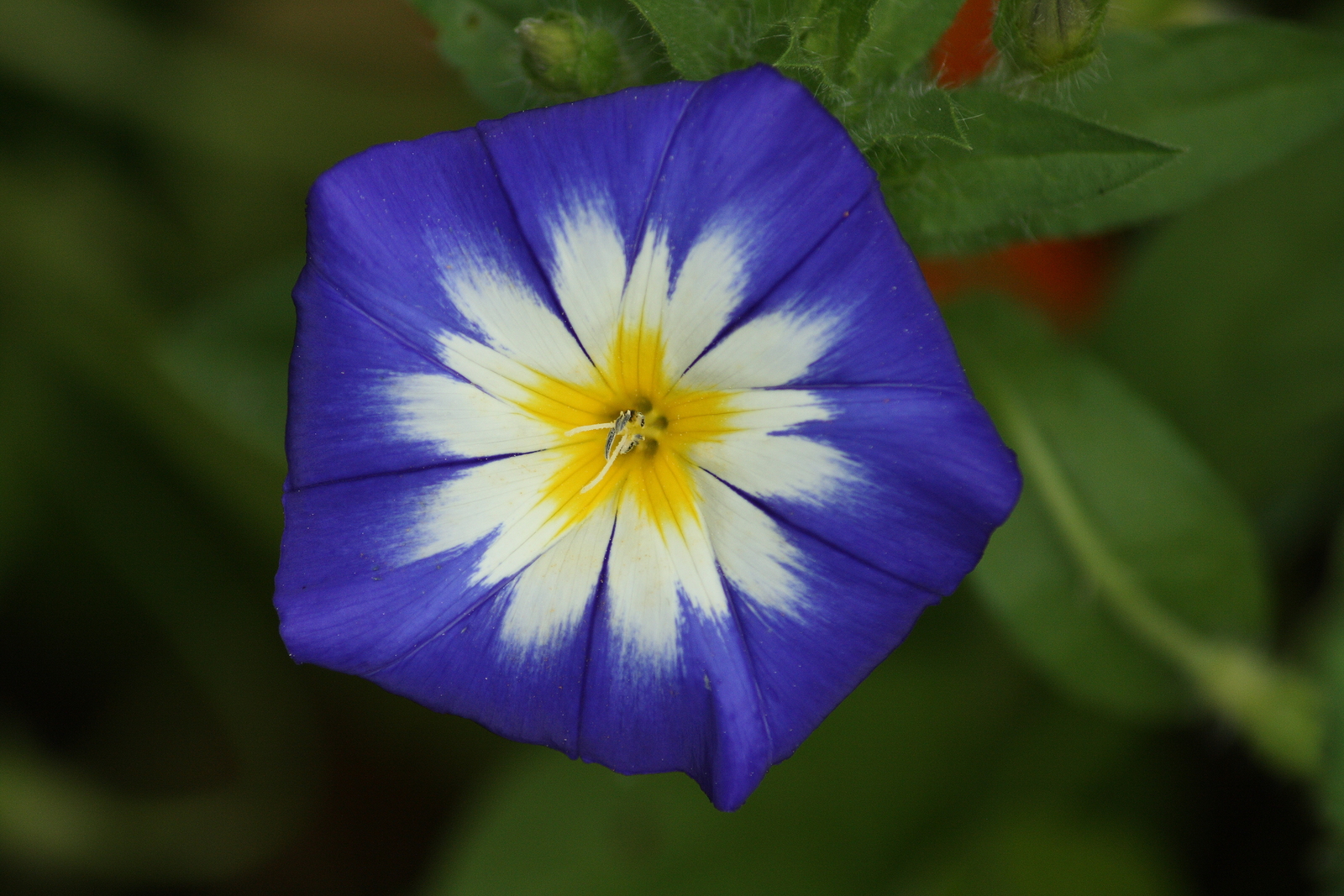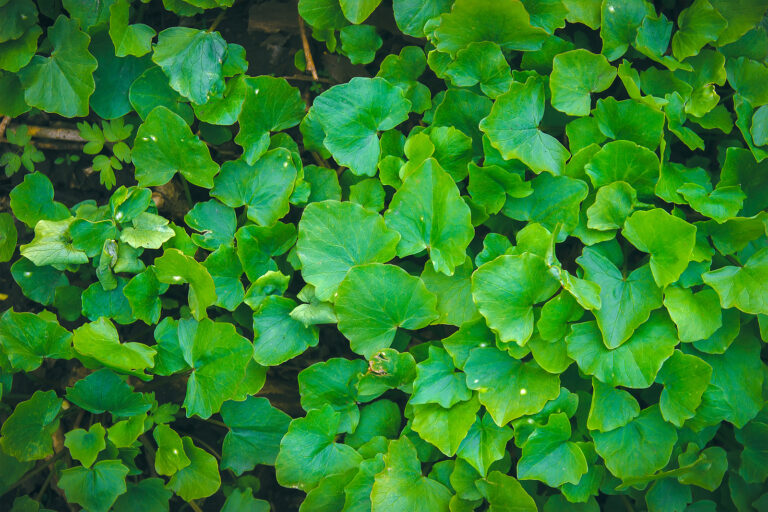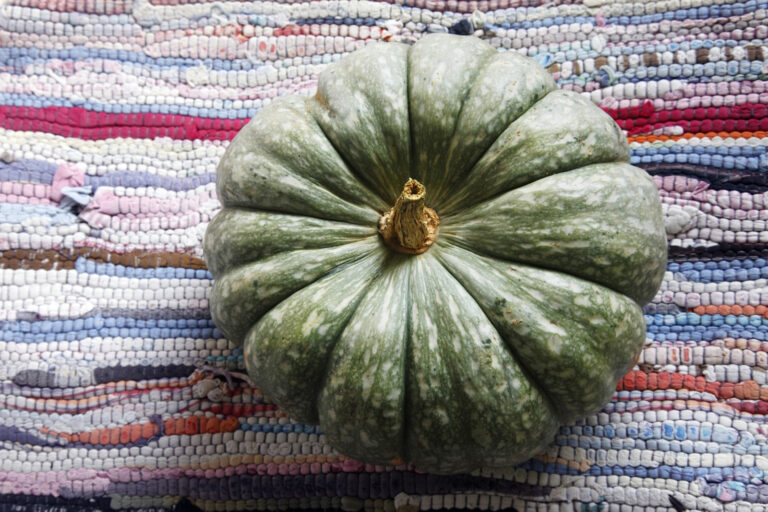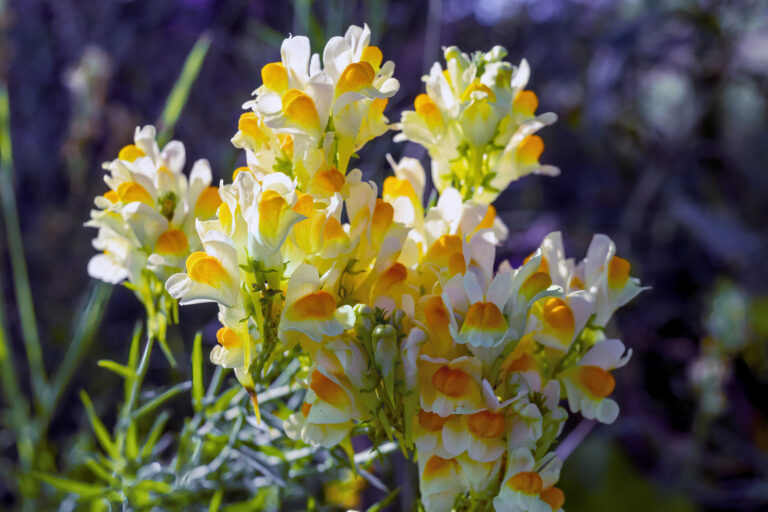How to Grow Morning Glory — Convolvulus
Convolvulus, commonly called morning glory, is a genus of mostly annuals and perennials that are trailing or somewhat trailing. Convolvulus bear wide, funnel-shaped flowers that are blue, white, or pink sometimes with white centers.
Convolvulus can be grown in sunny herbaceous borders, on sunny banks, or in rock gardens.
Convolvulus is a genus of about 250 species of annuals, perennials, and subshrubs. Convolvulus can be found in sub-tropical and tropical regions around the world. Most are native to the Mediterranean region and North Africa.
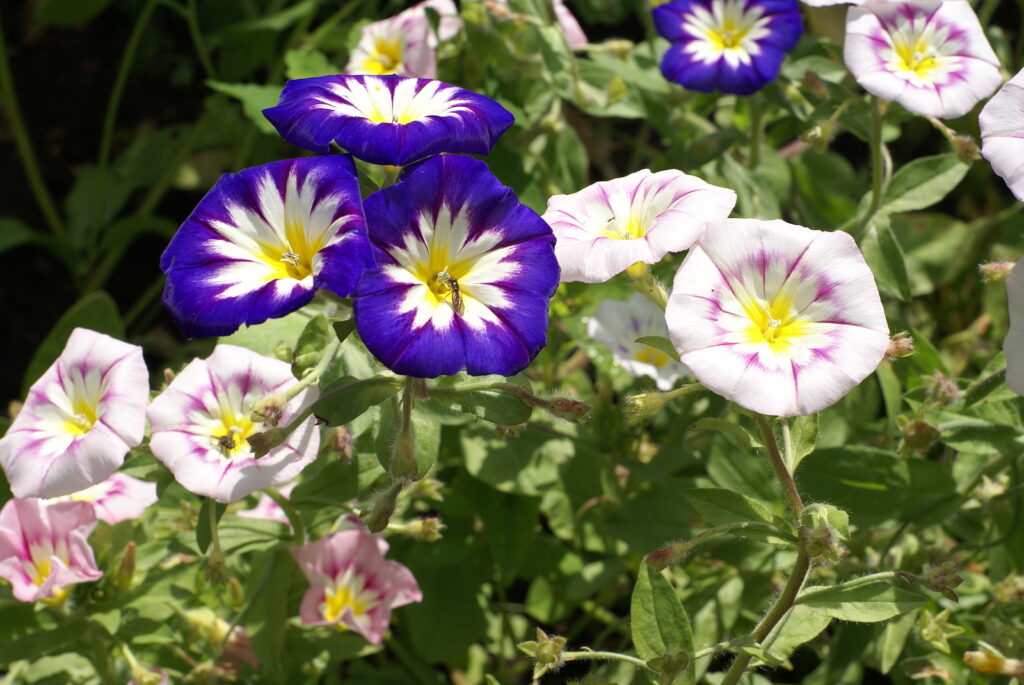
Get to know Convolvulus
- Plant type: Perennials and annuals (see varieties below)
- Growing zones and range: Zones 8 to 11
- Hardiness: Hardy to 10°F (-12°C). Hardy to Zone 8.
- Height and width: 12 inches (30cm) tall and 24 inches (61cm) wide.
- Foliage: Trailing or climbing stems with entire, often heart- or arrow-shaped leaves.
- Flowers: Wide funnel-shaped flowers are borne singly or in clusters;
- Flower colors: Blue, purple, lilac, red, pink, and white, with a band of white around the yellow throat.
- Bloom time: Late spring and summer; Convolvulus blooms during the day, flowers close at night
- Uses: All types are good as edging, against low trellis, or at top of wall.
- Common name: Morning glory
- Botanical name: Convolvulus
- Family name: Convolvulaceae
- Origin: Mediterranean region and North Africa
Where to plant Convolvulus
- Plant Convolvulus in full sun in a warm, protected site spot.
- Convolvulus will grow in average to moderately fertile soil.
Convolvulus uses and companions
- Grow Convolvulous in a rock garden, a sunny bank or in a mixed or herbaceous border.
- Use Convolvulus in foregrounds and as small-scale ground cover.
- Good garden companions for Convolvulus include Achillea, Coreopsis, Gaura lindheimeri, Lobelia laxiflora, Oenothera.
When to plant Convolvulus
- Sow seeds of anuals in the garden in midspring or in autumn.
- In short-growing-season region, start seeds indoors 6 weeks before the last frost.
- Sow seed of perennials in warm soil in spring.
- Set container-grown plant in the garden in spring.
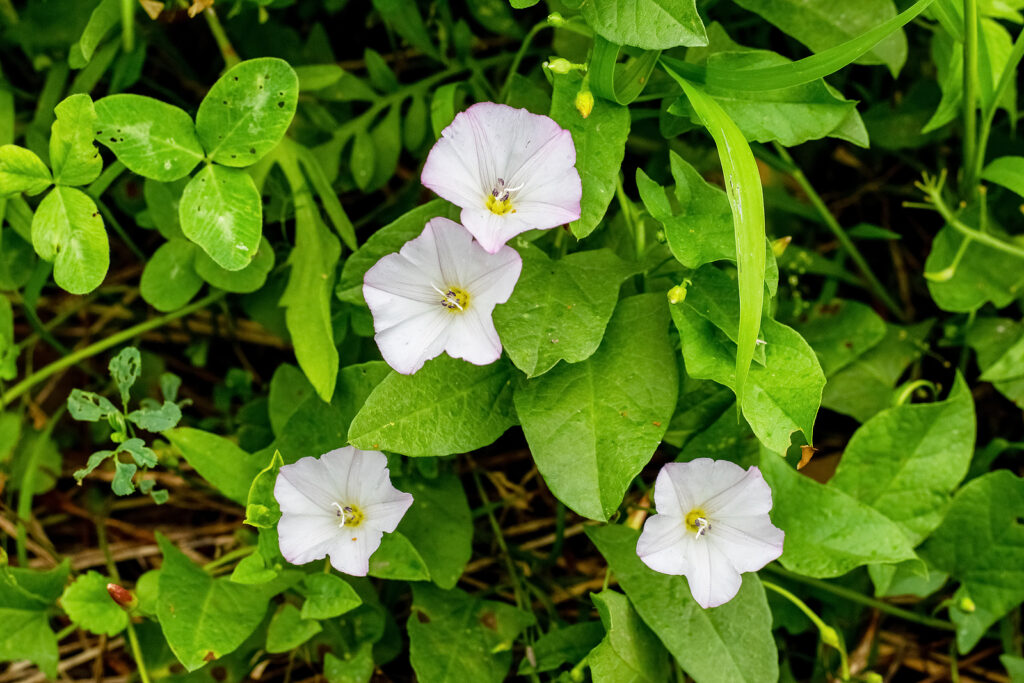
Planting and spacing Convolvulus
- Space annual Convolvulus tricolor 12 inches (30cm) apart.
- Space perennial Convolvulus cneorum 36 inches (91cm) apart.
How to water and feed Convolvulus
- Convolvulus grows best in just moist soil. Avoid constantly wet soil.
- Fertilize Convolvulus with an all-purpose, slow-release, organic fertilizer in spring.
Convolvulus care
- Deadhead annuals to prolong flowering.
- Confine potentially invasive species by planting in a container plunged in the soil.
Convolvulus pests and diseases
- Convolvulus can be attached by spider mites and aphids.
- Convolvulus is susceptible to Septoria leaf spot.
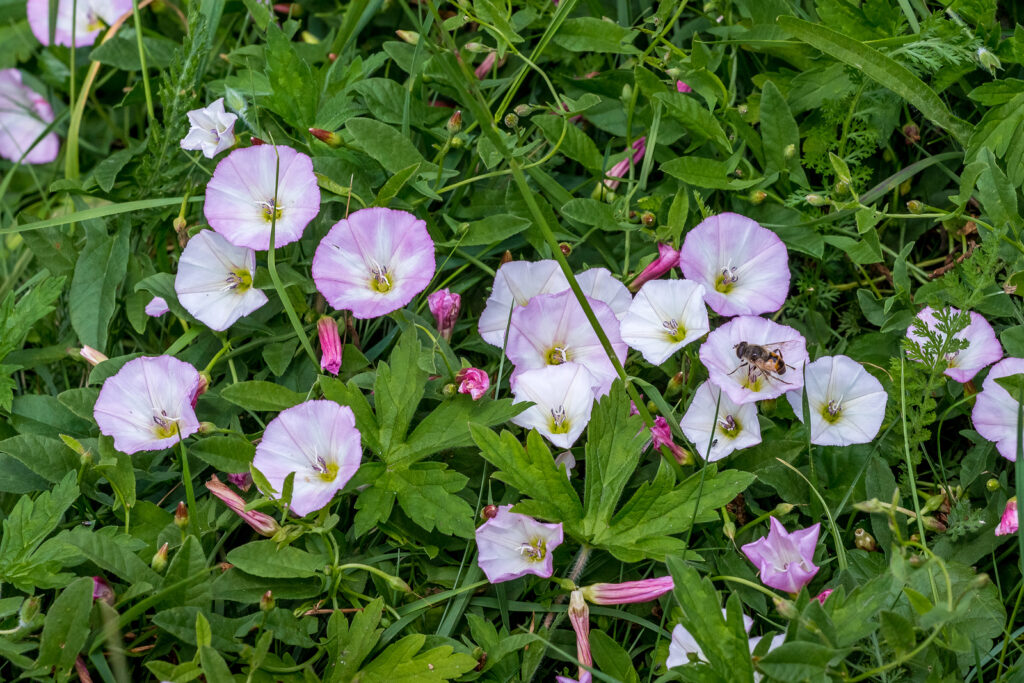
Convolvulus propagation
- Sow seeds indoors in individual pots 6 to 8 weeks before the last spring frost date at 70° to 80°F (21°-26.7°C).
- Sow the seed outdoors after the last frost date once temperatures remain above 50°F (10°C) or sow seeds in fall for early bloom the following spring.
- Before sowing, nick the hard seed coats with a file or soak seeds in warm water for 24 hours. Germination takes 1 to 2 weeks at 55° to 65°F (10°-18.3°C).
- Perennials and shrubs can be propagated by cuttings taken in late spring or early summer.
- Root perennial greenwood cuttings in summer.
- Divide perennials in spring.
Convolvulus varieties to grow
- Convolvulus cneorum.Silverbush. Perennial. Mounding shrub to 2 feet tall and 3 feet wide; lance-shaped, silver-green leaves; clusters of 1 ½-inch-wide white flowers with yellow centers bloom in spring and summer.
- C. sabatius. Tender perennial. Trailing plant grows to 6-inches tall and 20 inches wide with ovate leaves and lavender-blue, funnel-shaped, ½- to 1-inch-wide flowers from summer to early fall.
- C. tricolor. Dwarf morning glory. Annual or short-lived perennial. Grows 1-to 1 ½-foot-tall with ovate to lance-shaped leaves; solitary trumpet-shaped flowers, 1 ½-inch-wide are rich blue with yellow-and-white throats; blooms in summer; blooms last only a day and close in cloudy weather. ‘Blue Flash’ and ‘Rainbow Flash’ are strains of mixed colors that grow to just 6 inches tall.

